This website uses cookies so that we can provide you with the best user experience possible. Cookie information is stored in your browser and performs functions such as recognising you when you return to our website and helping our team to understand which sections of the website you find most interesting and useful.
Bolekhiv Territorial Community
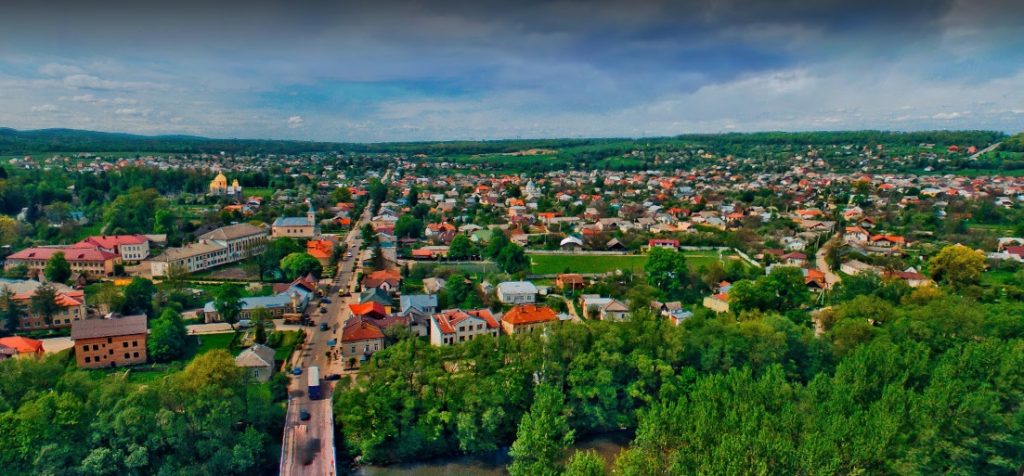
Population: 19,501 people
Women: 10,082
Men: 9,419
Children under 18: 4,479
People of retirement age: 5,021
Persons with disabilities: 811, internally displaced persons: 585
Area: 287.62 km2
The community includes 1 town and 10 villages.
History

Bolekhiv has been known since the days of Kyivan Rus as there was an ancient Rus settlement here. The first written mention of Bolekhiv dates back to 1371. In contemporary documents, it is mentioned under the name Bolekh Valasky. The first written mention of the town was recorded in the letter of the Hungarian Queen Elizabeth. In the toponyms of the surroundings of Bolekhiv, which has long been famous for its salt springs, the names Banya and Borsukiv Lis have been preserved to this day. Later, a Wallachian settlement appeared on the left bank of the Sukili River next to Banya.
Since the 15th century, historical sources have referred to Bolekhiv as a settlement formed from two villages – Bolekhiv Voloskyi and Bolekhiv Russkyi, located on the right bank of the Sukili River. In 1546, the first enterprise – a salt works – was built in Bolekhiv at Stara Banya.

In the early 16th century, the town was owned by Mikolai Gudzimski, who created the conditions for obtaining Magdeburg rights in 1603. In the 16th-18th centuries, Bolekhiv belonged to the Polish-Lithuanian Commonwealth. Jews predominated among the population.
Interesting Facts
The town became famous in the West thanks to the book The Lost: A Search for Six of Six Million by American writer Daniel Mendelson. It tells about the fate of the town’s Jewish community. Before World War II, about half of the town’s residents were of Jewish origin. During the Holocaust, out of 3,000 Jews, only 48 survived.
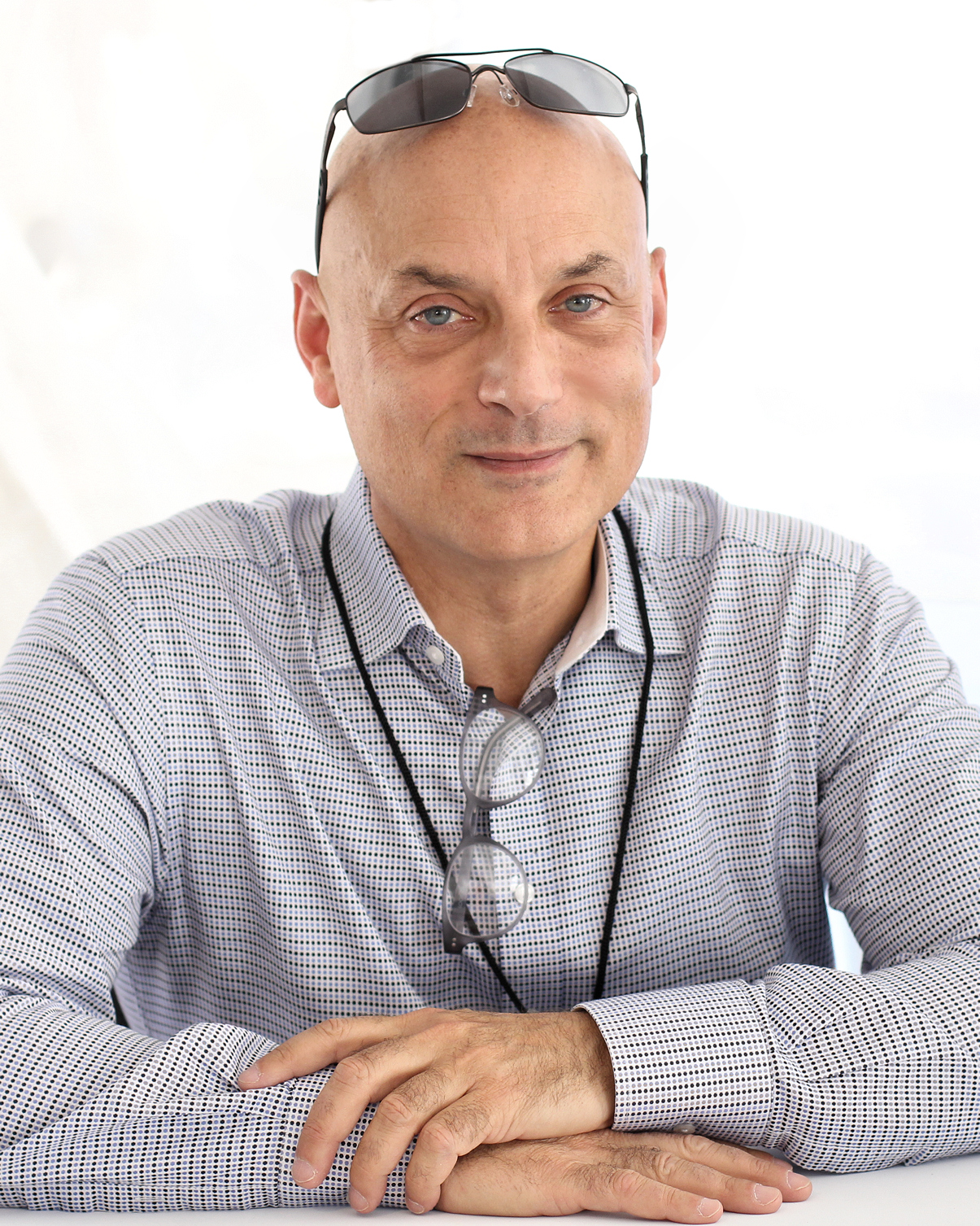

ARCHITECTURE
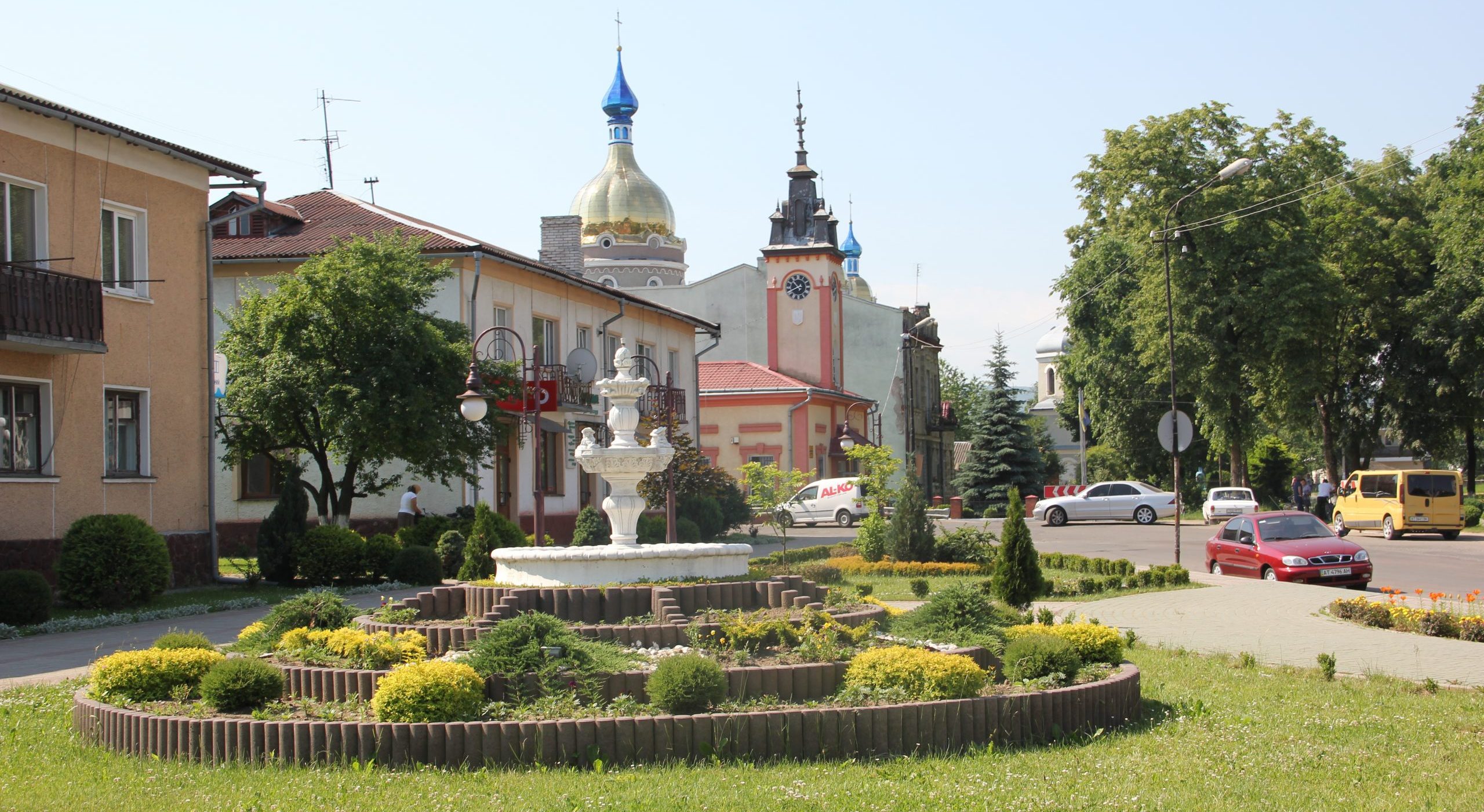
There are many monuments of history and culture on the territory of the Bolekhiv community. These are cult buildings and houses of the late 19th century.
Church of St. Michael the Archangel in the remote mountain village of Sukil of the Bolekhiv community dates back to 1885-1886, and the name of the master who built it – Hryts Malynyak – has also been preserved. A three-log, three-storied shrine, it was built in a typical Boyki style.
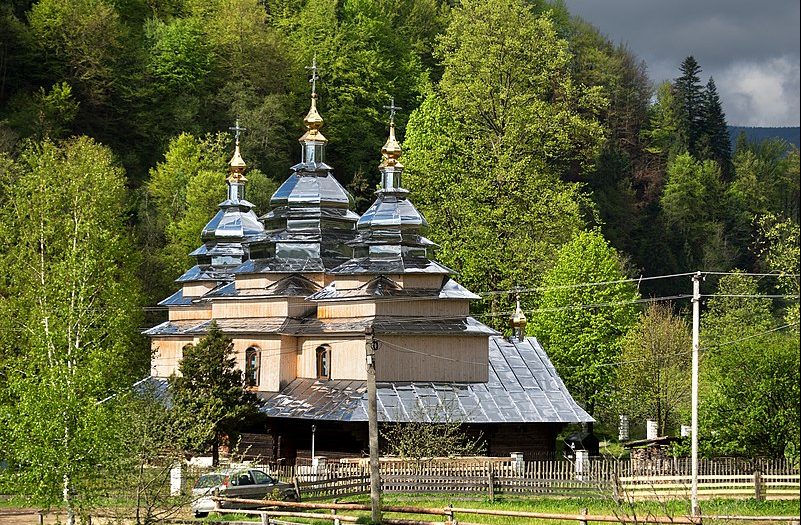
The local town hall was built in 1863, although it was laid back in the 18th century. Bolekhiv received Magdeburg rights in 1603, so it needed a place for the town magistrate.
The modern town hall is located in the centre of the town. It is a small, one-story, rectangular building. An alarm clock with four dials is mounted on the tower at the level of the second floor.

Built in 1899, the first church of St. Paraskeva in Bolekhiv was made of wood. The present temple acquired its appearance in 1939. Father Volodymyr Sukhyi initiated the construction of the church. It was built in the traditional Ukrainian-Byzantine style.
After World War II, the temple was closed. Instead, its premises were converted into a warehouse, and the former church was turned into a museum of atheism in 1964. However, in 1989, with the help of Father Yaroslav Lesiv, the Church of St. Paraskeva opened its doors to believers.

In the town of Bolekhiv, there is a church of the Holy Myrrh-bearers, built in 1906. Initially, a wooden church with the same name stood on this place. According to researchers, the ancient church was built in the 17th century. The new church was rebuilt from natural stone. Priest Ivan Ozarkevych, who came to the town in 1884, was engaged in the construction of the new church.
The building of the new church was consecrated by Metropolitan Andrey Sheptytskyi in 1909.
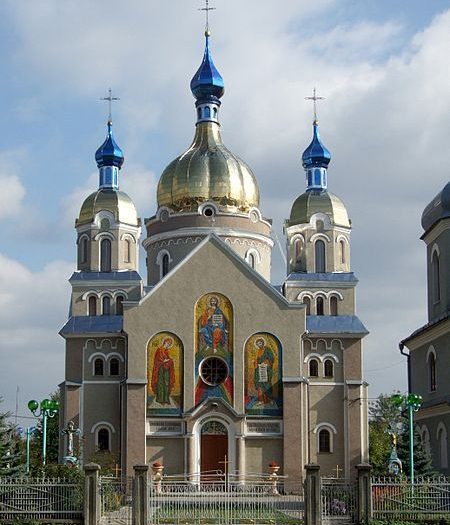
One of the town’s most beautiful villas, built in the eclectic style in the late 19th century, became a house of happiness for Bolekhiv families, because now it is the premises of the maternity ward of the Bolekhiv Central Town Hospital.

NATURAL SIGHTS
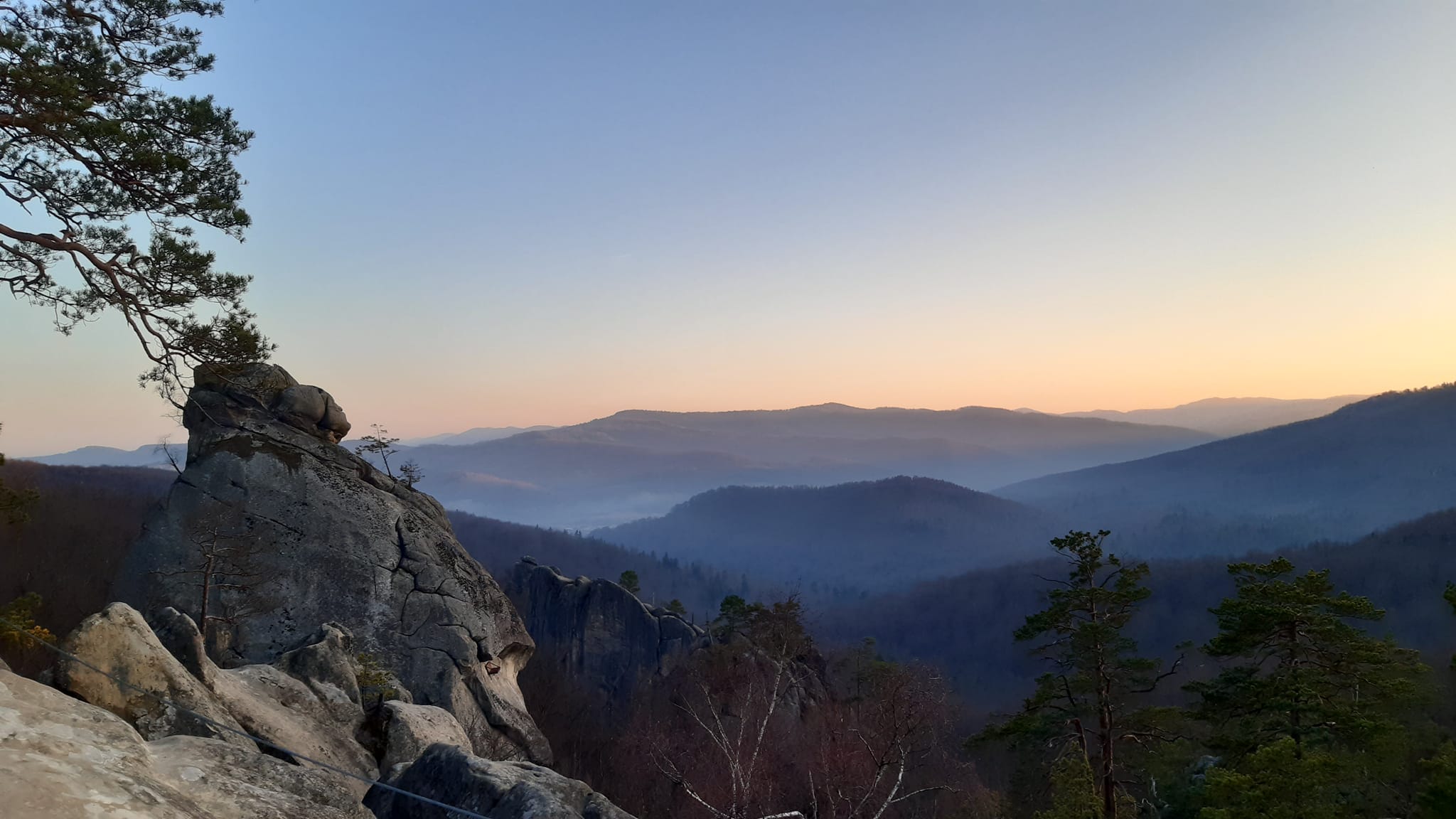
Dovbush Rocks are the gem of the Bolekhiv neighbourhood. Located at an altitude of 675 m above sea level near the village of Bubnyshche, they are Ukraine’s largest rock and cave complex of the Ukrainian Carpathians.
Rocky ledges reach a height of up to 80 m and were formed in this area at the bottom of the Paleogene sea more than 70 million years ago. According to archaeologists, at various times there was a pagan temple, a Christian monastery, a fortification from the time of the Mongol invasion, and quarters of rebels under the leadership of the legendary Oleksa Dovbush here. Today, Dovbush Rocks are a popular tourist destination in the Ivano-Frankivsk region.
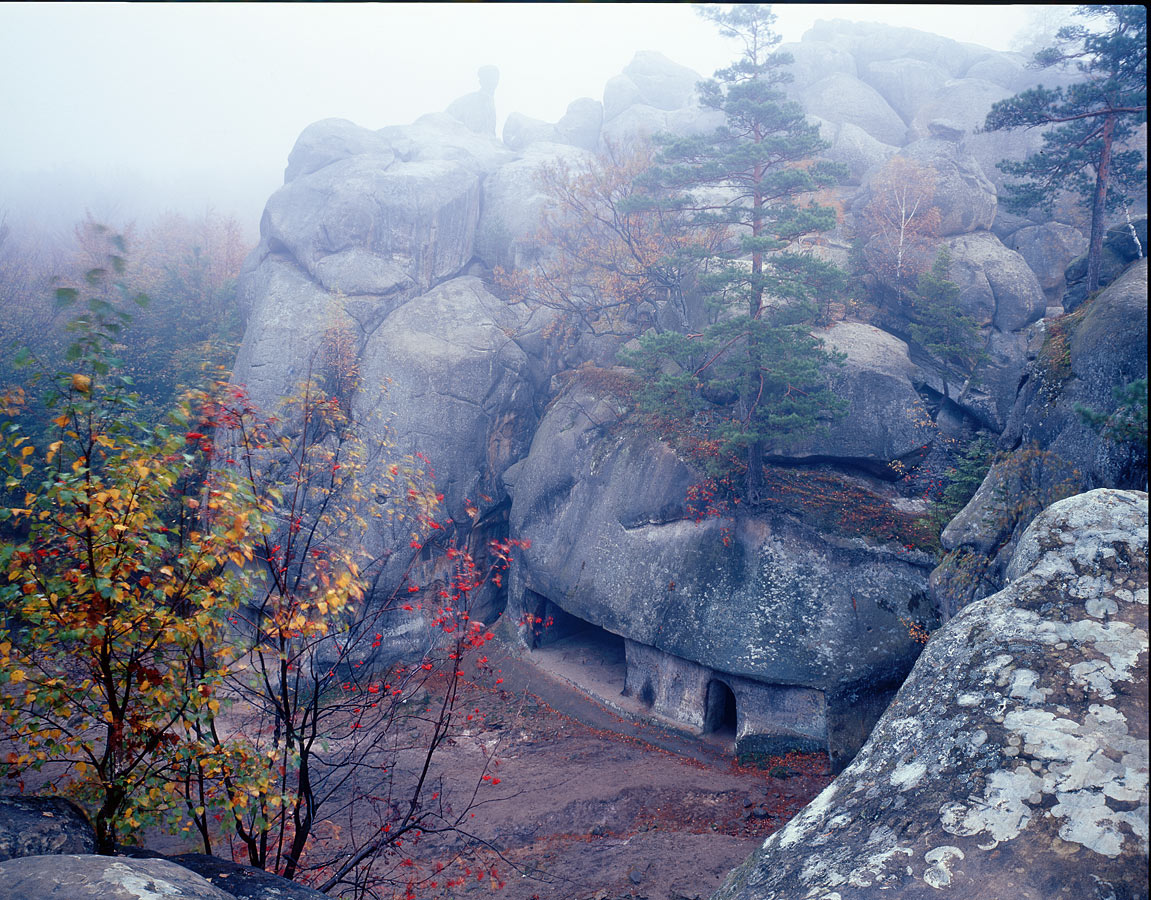
Sukil Waterfalls are located in the Ukrainian Carpathians, in the Skolivsky Beskydy massif within and on the outskirts of the village of Sukil, the Bolekhiv community. They are based on the Sukil-Plaiskyi, Sukil-Nabyvkivskyi and Berezhky streams.
Waterfalls flow where the water passes through the rock, consisting of erosion-resistant sandstone. They are especially picturesque after heavy rains or when the snow melts.
Sukil Waterfalls are easily accessible, they can be reached by traveling from Dovbush Rocks through the village of Bubnyshche to the village of Sukil.

Economy and Welfare

The economy of the Bolekhiv territorial community is represented by such industries as: leather production, wood processing and manufacturing of wood products, building bricks, bread and bakery products.
On the territory of the Bolekhiv community, there is a farming enterprise that specializes in the production of natural dairy products and farming enterprises that grow wheat, corn, buckwheat, sunflowers, soybeans, and rapeseed.
The Bolekhiv community is rich in minerals, such as saline oil, gas, oil, river gravel (pebble), clay (building material), shale, and sandstone.
The community has vacant lands and industrial premises for the implementation of investment projects.
Tourism is seen as one of the priority areas of development of the Bolekhiv community.
Community and War
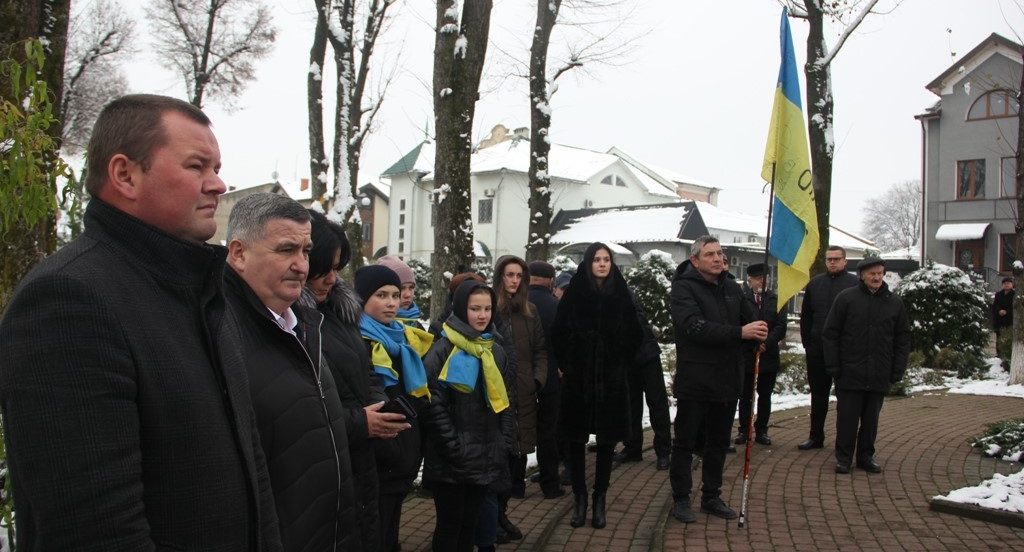
Russian invasion of Ukraine on February 24, 2022 changed the lives of millions of Ukrainians, who were forced to leave their homes and move to peaceful territories of Ukraine or go abroad. More than 2,000 internally displaced persons were accommodated on the territory of the Bolekhiv community during March-August 2022.
The Bolekhiv Town Council organized a shelter for internally displaced persons in the Akademichnyi Bolekhiv Lyceum No. 1, where living conditions were created, hot meals were organized, medical support, hygiene products and basic necessities were provided by joining efforts with volunteers and local entrepreneurs.
Since the first days of the war, a humanitarian aid distribution point has been operating in the Bolekhiv community, where food, hygiene products, and specialized hygiene kits for children and adults have been issued to internally displaced persons and families in difficult life circumstances. Also, a clothing bank for IDPs operates in the community.

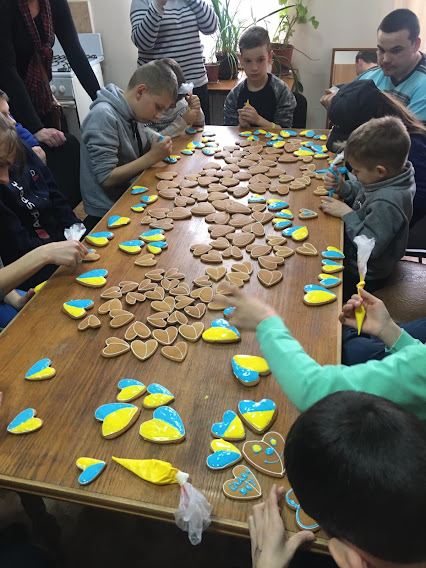
Currently, 585 internally displaced persons live in the community in the municipal and private sectors.
266 residents of the Bolekhiv neighbourhood serve in the ranks of the Armed Forces, who protect the territorial integrity of Ukraine.
People of the Community
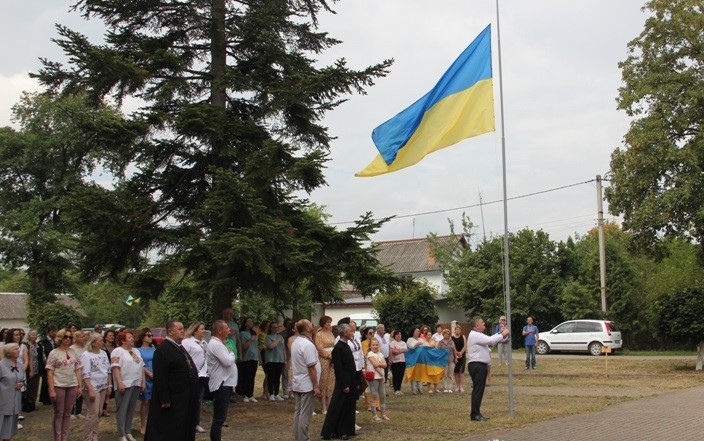
The residents of the community elected Ivan Yatsynyn as their Head in 2020. From 2006 to 2015, he held the position of the Village Head of the Tysiv Village Council (now part of the Bolekhiv community), later engaged in entrepreneurial activities and worked as Director of community enterprise Zelene Misto of the Morshyn Town Council.
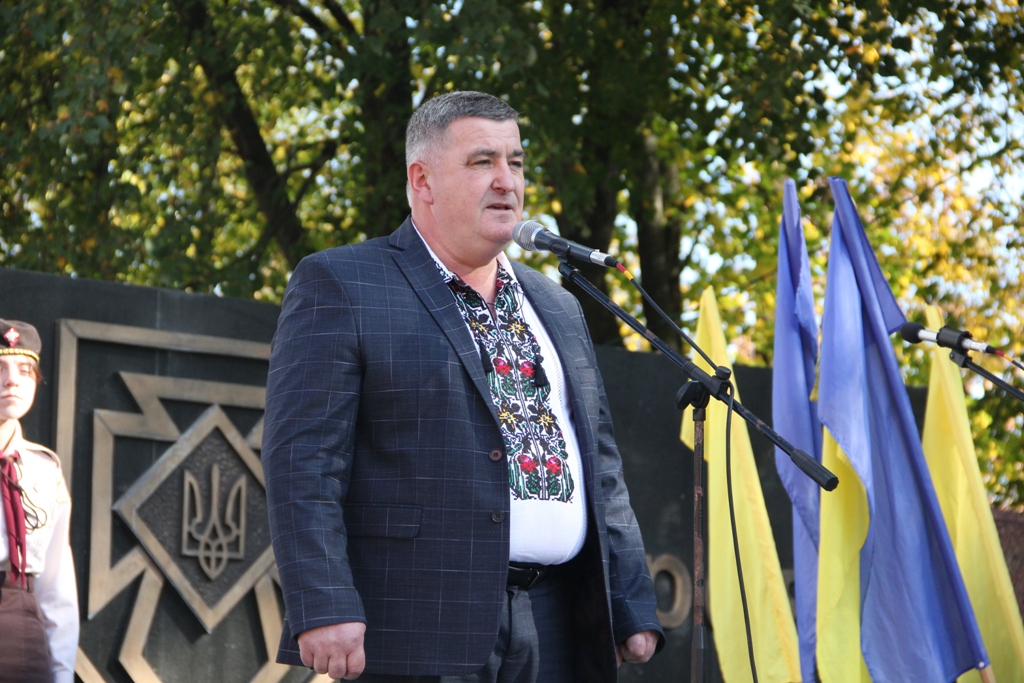
Mayor Ivan Yatsynyn sees community development as a combination of economic, ecological and social components, which make it possible to create a comfortable environment and improve the quality of life of community residents.
Development Strategy
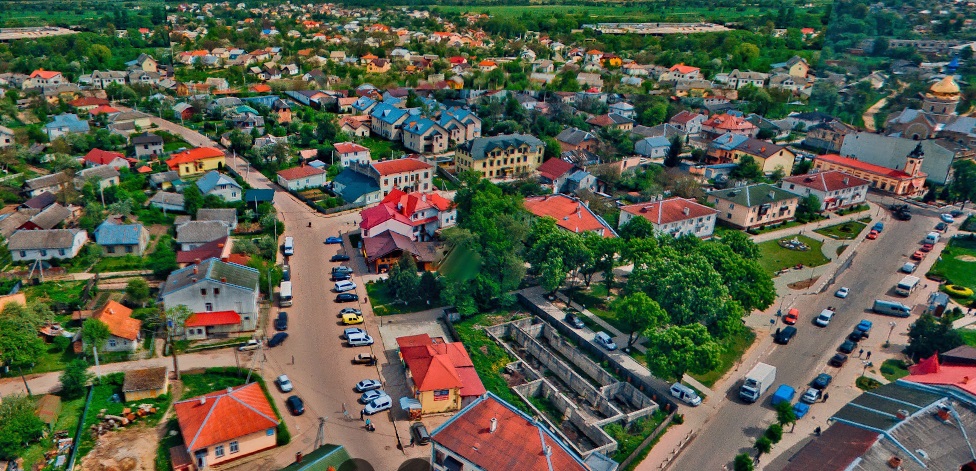
The development of the woodworking industry, agriculture, tourism and renewable energy is among the key priorities for the development of the territorial community.
There is everything necessary for this purpose on the territory of the community: forest and water natural resources, protected sites and natural landscape areas, free lands for industrial and agricultural purposes.
The community strives to develop quality educational, medical, cultural services and sports; implement best practices in the field of solid waste management; increase the energy efficiency of production, housing, utilities and social assets.
The construction of treatment facilities, sewage networks and a sewage pumping station is one of the main tasks for the improving of the ecological situation in the community.
Currently, the existing network of preschool educational institutions does not fully meet the educational needs of the population, especially in rural areas. In the village of Tysiv of the Bolekhiv community, there is kindergarten Prolisok whose premises cannot provide proper conditions for the children’s stay. Also, there is not enough space for all children who would like to attend the kindergarten. Therefore, the project has been developed which is entitled Reconstruction of the existing kindergarten Prolisok with the addition of a unit in the village of Tysiv of the Bolekhiv Town Council, Ivano-Frankivsk region. Adjustment.

